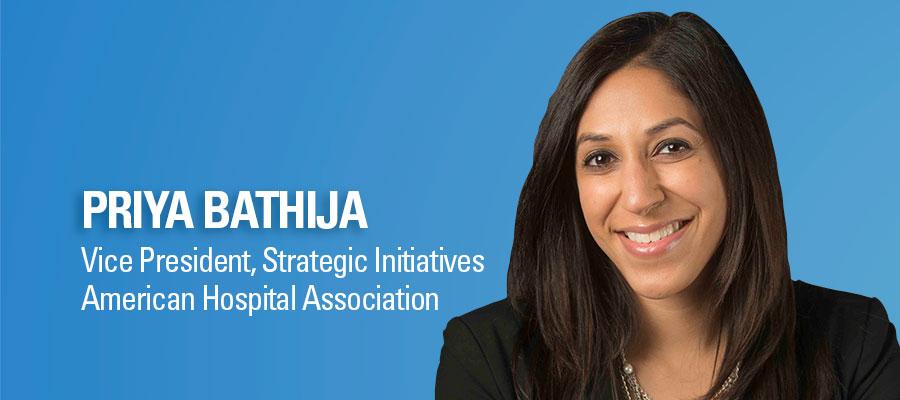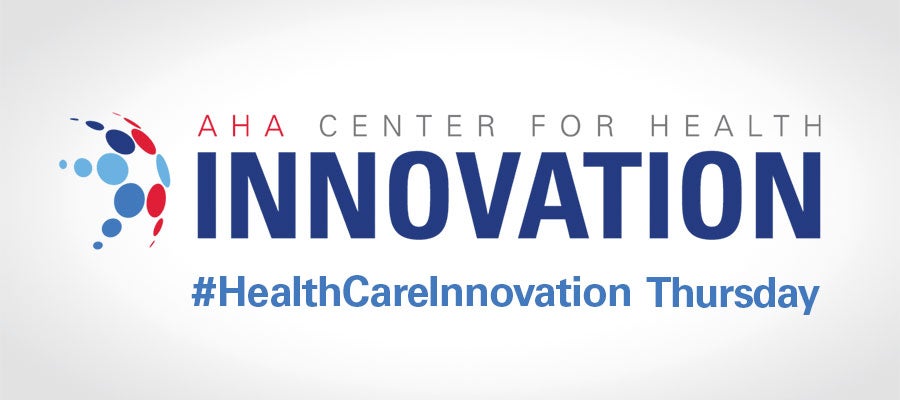Digital Is the Next Frontier of Health Equity


Shortly before the COVID-19 pandemic began, I had the opportunity to meet with health care leaders and students at the University of Georgia School of Law’s 4th Annual Rural Healthcare Symposium.
Leaders and students shared that 24% of Georgia’s residents do not have broadband internet access. And while I had always known that large areas of the country, both rural and urban, lacked access to broadband or high-speed internet, I did not fully understand the implications of what that meant for these communities.
One student shared that she had to go to McDonald's to fill out her college applications. Another participant raised concerns that since the U.S. census was going to be conducted primarily online in 2020, one-fourth of the state would be unable to complete it, which would have a huge impact on future funding for Georgia.
As we move forward, many of the digital solutions we relied on during the pandemic will remain, making digital health equity, including digital access and literacy, even more important.
From a health care delivery perspective, leaders shared that providers could not use telehealth to connect to individuals living in these areas. They cannot monitor patients with chronic conditions at home through iPads and smartphones. And new digital touch points being used all over the country are not an option in many Georgia communities because of the reliance on mobile health apps and patient portals.
Understanding the Barriers to Accessing Digital Health
Flash forward to a few months later. When the pandemic began, hospitals, health systems and other providers dramatically increased the use of technology and digital solutions to deliver care. They had to: It was the only way to respect social distancing requirements, stop the spread of the virus and manage large numbers of COVID-19 patients. Yet individuals without broadband could not access digital health options and were essentially shut out of the new model of health care delivery.
Georgia is not alone. In many parts of the country broadband is unavailable. More than 30% of rural residents lack broadband services, according to the Federal Communications Commission. Racial and ethnic minorities, people living on tribal lands, older adults and people with lower levels of education and income also are less likely to have broadband at home.
The FCC estimates that nearly 30 million Americans do not have broadband access — and this has significant health consequences. FCC data shows that in areas with lower broadband connectivity, residents have higher rates of obesity, diabetes, unnecessary hospitalizations and sick days than national averages.
In addition, many individuals still do not own smartphones, which further limits access to digital health. The Pew Research Center reports that 24% of individuals living in rural areas own a cellphone but not a smartphone. As a result, these individuals cannot take advantage of mobile health apps, patient portals or health care services offered through telemedicine.
Another issue is digital literacy. Some individuals are unable to process and understand digital health solutions. For example, individuals may have cultural or linguistic barriers that limit their use of digital solutions, or they may struggle to comprehend the information in digital formats.
Moving Toward Digital Health Equity
The COVID-19 pandemic has shown how crucial technology is for health care delivery. As we move forward, many of the digital solutions we relied on during the pandemic will remain, making digital health equity, including digital access and literacy, even more important. As hospitals and health systems design and implement digital solutions, it will be imperative to take proactive steps so all individuals have the opportunity to engage with these tools.
There are many ways for hospitals and health systems to be proactive. Hospitals can actively engage diverse groups in the design and implementation of digital solutions. They also can focus on patient training on new technologies and develop workflows that better allow clinical teams to engage with diverse patients through these digital health tools.
Hospitals and health systems can consider other ways to meet patients where they are on the digital continuum. One popular solution is using mobile technology, or text messages, to provide information and an access point for patients to connect with health care providers.
Research indicates that 90% of text messages are read within 90 seconds of when they are received. So texting is a powerful way to reach patients with the right message and ensure that the message is read at the right time. There are other benefits to texting as well. It can be done in different languages so that messages can be adapted to cultural and linguistic attributes of populations. Texting also is relatively cost effective. In a recent AHA Advancing Health podcast, I spoke with Kaakpema Yelpaala, founder and CEO of access.mobile, about using mobile technology to address the health needs of patients living in rural and urban communities.
As anchor organizations in their communities, hospitals and health systems also can advocate for local, state or national legislation to expand access to broadband internet in the communities they serve.
Designing digital solutions to meet the needs of all populations has the potential to improve overall access to and value of health care, by lowering costs, improving outcomes and enhancing patient experiences. But if we want to truly advance health equity, these solutions must focus on ensuring digital health access and improving digital literacy.
As we move forward, AHA will continue to evaluate and share resources, best practices and related digital health solutions through The Value Initiative and other initiatives. We also will continue to advocate for policies that improve access to broadband internet service and health equity.
Priya Bathija is vice president, strategic initiatives, at the American Hospital Association.
